Animals
-
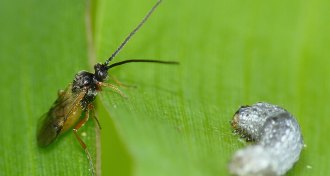 Animals
AnimalsA caterpillar outwits corn defenses by gorging on fattening ‘junk’ food
The crop plants defend themselves with zombie-maker wasps, but one pest has a desperate work-around.
By Susan Milius -
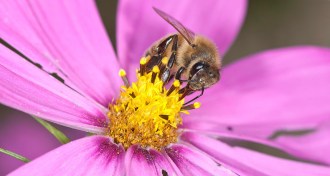 Earth
EarthKeeping global warming to 1.5 degrees C helps most species hold their ground
Holding global warming to 1.5 degrees Celsius by 2100 could help protect tens of thousands of insect, plant and vertebrate species.
-
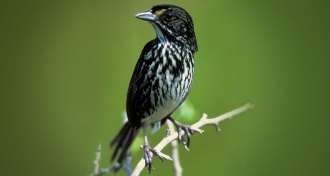 Animals
Animals50 years ago, scientists warned of a sparrow’s extinction
Only 17 dusky seaside sparrows remained in 1968. Today, there are none.
-
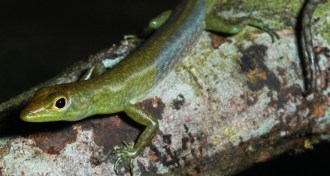 Animals
AnimalsGreen blood in lizards probably evolved four times
Pigment buildups that would cause jaundice in people are normal for some New Guinea skinks.
By Susan Milius -
 Animals
AnimalsReaders amazed by Jupiter discoveries, giant viruses and more
Readers had questions about the latest findings of Jupiter, giant viruses being recognized as a new kingdom of life and tardigrade poop.
-
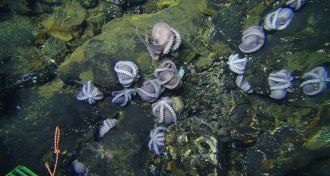 Animals
AnimalsHow a deep-sea geology trip led researchers to a doomed octopus nursery
A healthy population of cephalopods could be hiding nearby, though, a new study contends.
-
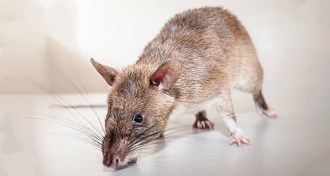 Animals
AnimalsWith a little convincing, rats can detect tuberculosis
TB-sniffing rats prove more accurate in detecting infection, especially in children, than the most commonly used diagnostic tool.
By Yao-Hua Law -
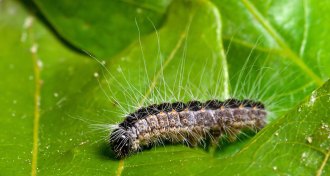 Animals
AnimalsThese caterpillars march. They fluff. They scare London.
Oak processionary moths have invaded England and threatened the pleasure of spring breezes.
By Susan Milius and Aimee Cunningham -
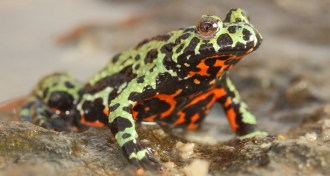 Animals
AnimalsA deadly frog-killing fungus probably originated in East Asia
The disastrous form of Bd chytrid fungus could have popped up just 50 to 120 years ago.
By Susan Milius -
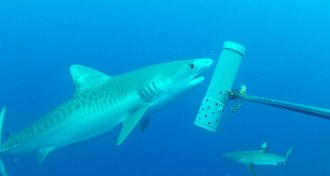 Animals
AnimalsHere’s how to use DNA to find elusive sharks
Hard-to-find sharks that divers and cameras miss appear in genetic traces in the ocean.
By Susan Milius -
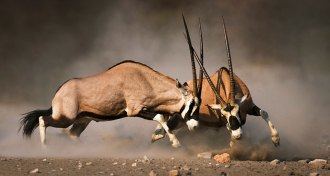 Animals
AnimalsFighting like an animal doesn’t always mean a duel to the death
Conflict resolution within species isn’t always deadly and often involves cost-benefit analyses.
By Susan Milius -
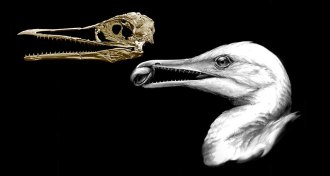 Animals
AnimalsThis ancient fowl bit like a dinosaur and pecked like a bird
A new fossil of Ichthyornis dispar helped scientists create a 3-D reconstruction of the ancient bird’s skull, shedding light on early bird evolution.